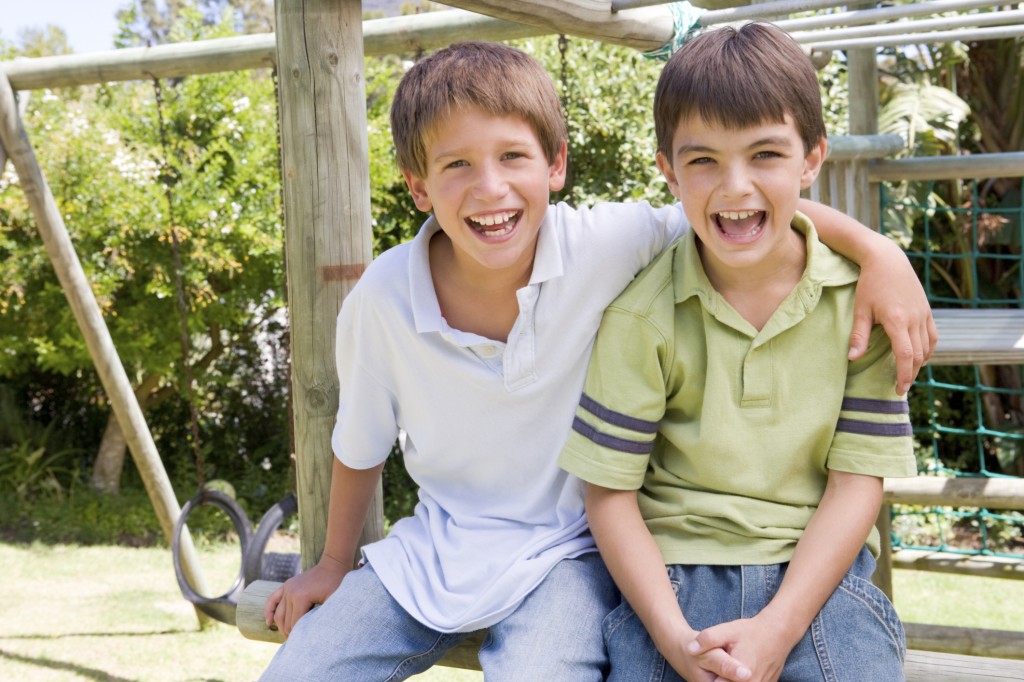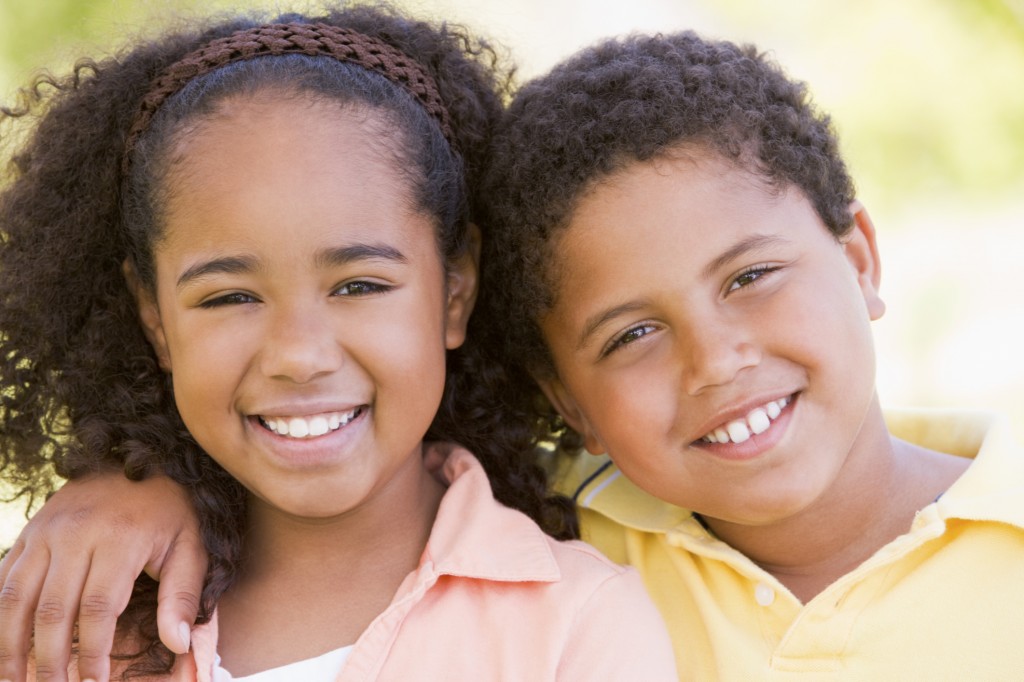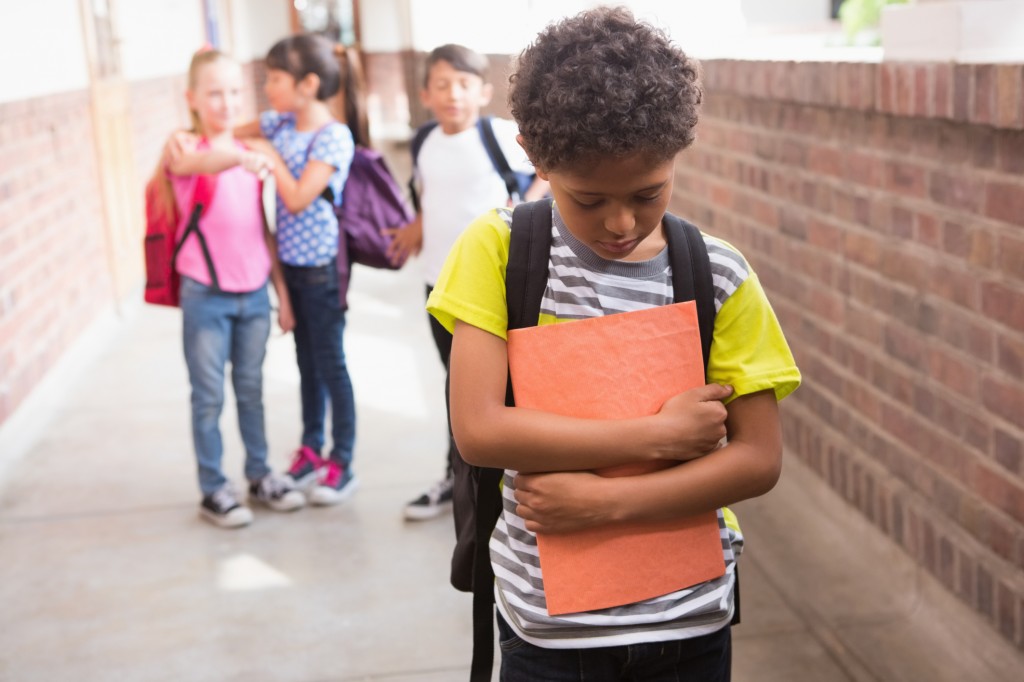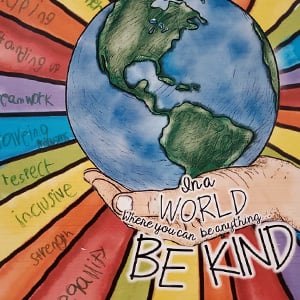Childhood bullying is a complex issue influenced by various factors that increase a child’s risk of either becoming a bully or being bullied. Understanding these risk factors can help parents, educators, and communities take proactive steps to prevent bullying and support affected children.
Individual Traits: Certain personal characteristics can make children more susceptible to bullying. These include low self-esteem, anxiety, depression, and social withdrawal. Children who struggle with these issues may be perceived as easy targets by bullies. Conversely, children with aggressive tendencies, impulsive behavior, and a need for dominance are more likely to engage in bullying others. These traits often stem from underlying issues such as a lack of empathy, poor emotional regulation, or a history of being bullied themselves.
Family Environment: The home environment plays a crucial role in shaping a child’s behavior. Children who experience harsh parenting, neglect, or abuse at home are at a higher risk of becoming bullies. These children may replicate aggressive behaviors they observe or endure in their family dynamics. Similarly, children who lack parental support, supervision, and positive role models may feel isolated and vulnerable, increasing their risk of being bullied.
Peer Relationships: Peer dynamics significantly influence bullying behavior. Children who struggle to make friends or are socially isolated are more likely to be bullied. On the other hand, children who seek to fit in with a dominant peer group may engage in bullying to gain acceptance or status. The need for social recognition can drive children to bully others to demonstrate power and control within their peer group.
School Environment: The school setting can either exacerbate or mitigate bullying behavior. Schools with a lack of effective anti-bullying policies, inadequate supervision, and a negative school climate tend to have higher rates of bullying. Conversely, schools that promote inclusivity, respect, and empathy through comprehensive social-emotional learning programs can significantly reduce bullying incidents.
Cultural and Societal Factors: Societal attitudes towards aggression and power can influence bullying behavior. In cultures where aggressive behavior is normalized or even rewarded, children may be more likely to bully others. Media portrayal of violence and aggressive behavior can also contribute to shaping children’s attitudes and actions.
In conclusion, addressing childhood bullying requires a multifaceted approach that considers individual traits, family dynamics, peer relationships, school environment, and broader societal influences. By understanding and mitigating these risk factors, we can create supportive and inclusive environments where all children can thrive.
For more information about simple acts of kindness, contact Simple Acts of Care and Kindness at 866-459-7225 or visit www.simpleacts.org.





